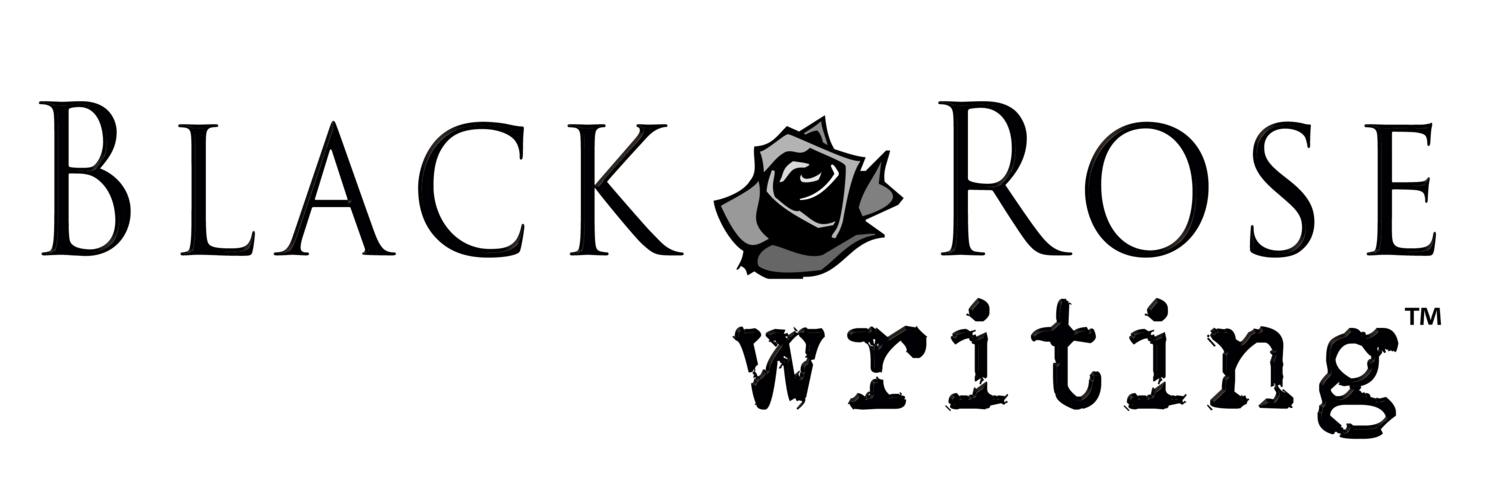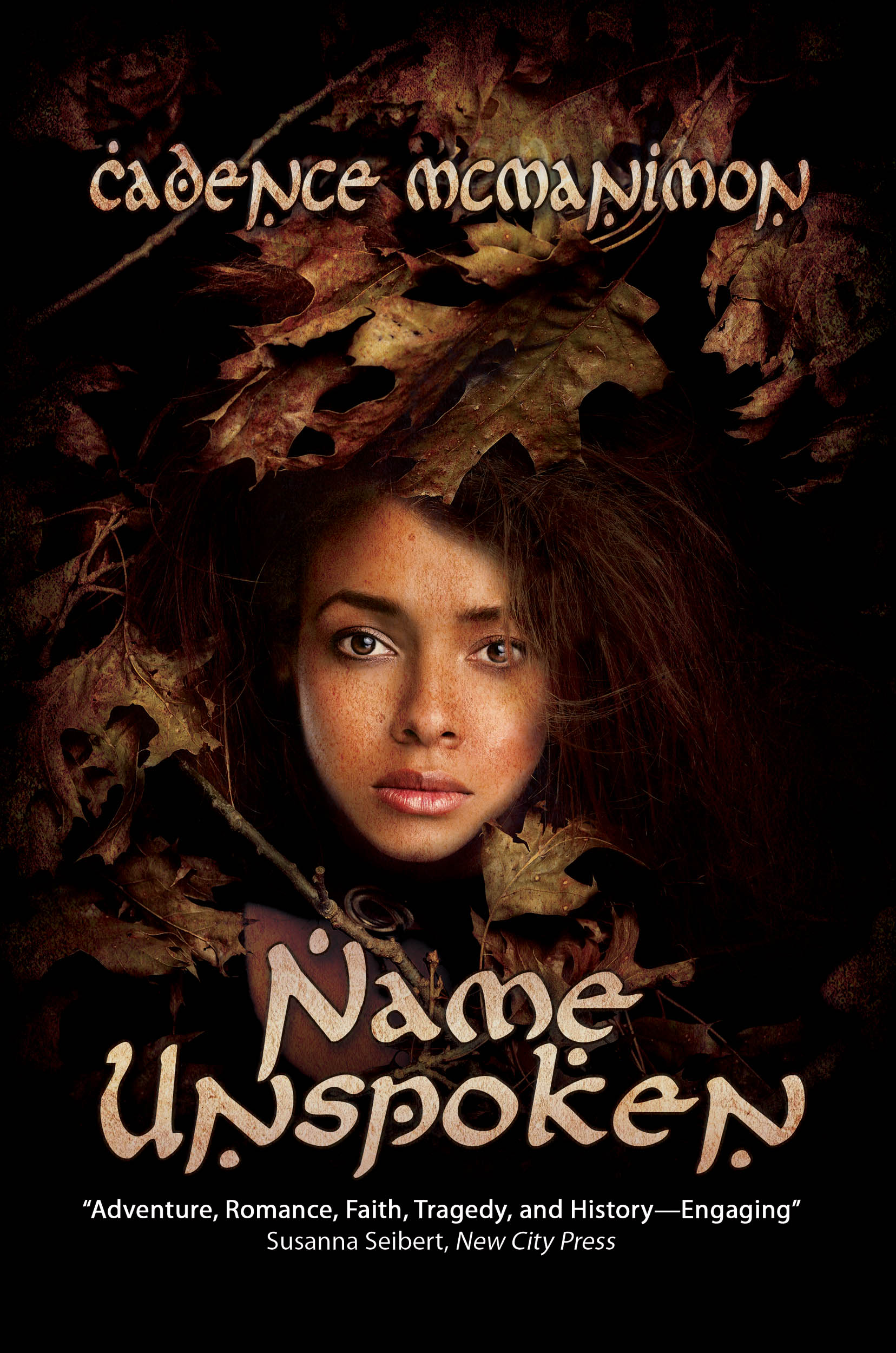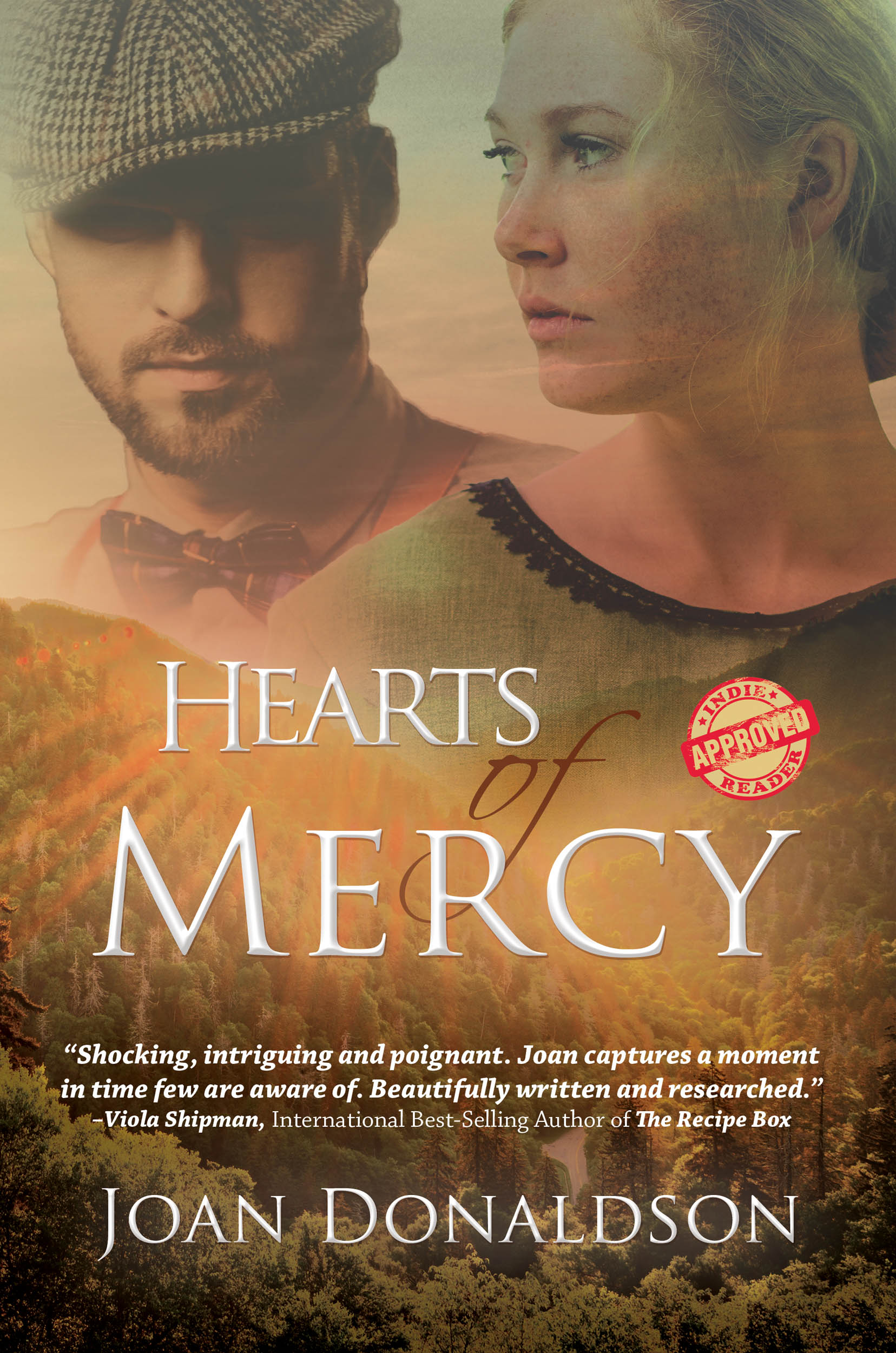The Beast Amid The Beauty: Writing Historical Fiction
by Cadence McManimon and Joan Donaldson
Few things can compare to the beauty of a well-written historical novel. However, the process of writing historical fiction is a beast unto itself. It requires you to have not only a fantastic storyline, engaging characters, and a unique plot, but also to put these things within a real, historical timeline. This can be a different challenge than building a world from scratch because the fictional tale must fit into this slot in time, an era gone before us.
Why do writers choose historical fiction instead of building a world from scratch?
“I love reading historical fiction, where I can drop into another time and world and experience history,” Joan Donaldson says. Why wouldn’t an author write the things she loves to read? Donaldson’s latest book, Hearts Of Mercy, centers in the Appalachian mountains in the 1880s, amid the remnants of the Civil War.
“Historical fiction just happened to be the blanket genre Name Unspoken fit into,” Cadence McManimon says. “I didn’t write it for the sake of making historical fiction. I wrote the story that demanded to be told, whose world happened to exist in 1300s Ireland.”
There are three key ingredients to writing good historical fiction: adding, not distracting; accuracy; and naturalism.
Adding, Not Distracting:
If you find your story bounces back and forth from history to plot, or from one technical explanation to another, the historical era you have chosen might be distracting from the story itself. What you want is for the historical context to add to the tale.
“The most important thing for good historical fiction is to make sure the era supports the story, instead of detracting from it,” McManimon says. “The first thing I learned in writing Name Unspoken was how the world had to fit the story, not the other way around. I tweaked the exact year and location of the story several times, throughout different drafts, to find the perfect fit.”
“In many ways, writing historical fiction is like writing fantasy,” Donaldson adds. “The author must create a complete world with accurate social norms, manners, daily activities, and characters who reflect that time period and not the acceptable ideas of contemporary society. Even when I wrote On Viney’s Mountain, until I uncovered the history of the White Caps, I couldn’t figure out how to develop enough tension to keep a novel interesting. I am drawn to the stories of strong women who are willing to reject injustices and cultural norms in order to live their quiet lives.” Donaldson intentionally chooses to write about real historical figures, turning their lives and experiences into engaging stories that both educate and entertain. McManimon, on the other hand, creates her characters from scratch.
“It can be particularly rewarding to set your characters in a particular timeline and location. You already know your characters’ personalities and spirits, but putting them in the context of a particular society, culture, and world gives them experiences, memories, and just a sense of realness,” she explains. “Characters in the context of a particular world are much more real to a reader than something pulled out of thin air.”
No matter what type of characters or stories you have, if you want to write historical fiction, you must make sure the history supports your story design. Ensuring the environment adds to the story and giving it a solid context will strengthen the book and add weight to the plot.
Accuracy:
“When I read a historical novel and find something inaccurate, I grimace. Horses sleeping on hay instead of straw, butter taking all day to churn… (the temperature is wrong if a person is at it for hours.) I try to avoid making those kinds of mistakes,” Donaldson explains. “Some of my knowledge comes from my life experiences, but other details are researched from various websites and experts. Such as when writing On Viney’s Mountain, I needed to learn the price of a fiddle in 1880.”
This goes to show that even little inaccuracies, no matter how superfluous they seem, can begin eroding the context and planting disbelief in the reader. Where can writers start building accuracy? Research is key, McManimon says.
“I remember scouring the Internet for peasant footwear in the 1300s,” McManimon laughs. “Reputable sources of that are shockingly scarce! Seriously, though, when writing historical fiction, I found out many things I’d thought were ‘facts’ turned out to be assumptions with no real basis. I ended up double-checking every detail with proper sources, from food to sheep shearing, native plants to architecture, medicine to law enforcement. Reading and researching was the base of my history, and I truly believe Name Unspoken would have suffered greatly without it.”
McManimon’s historical accuracy is primarily the result of extensive research, since she says she’s never gotten the chance to visit Ireland in person. However, as Donaldson shows, real-life experiences are gold to the historical writer.
“My off-the-grid homesteading lifestyle provides experiences that help me write scenes dealing with trimming kerosene lamps or spinning wool,” Donaldson says. She and her husband farm blueberries and keep goats, while she herself practices skills most pioneer women of the 1800s would have. “But I still researched particular details about the White Caps and Blue Bills, plus read everything I could find about the Walker Sisters who are beloved characters in Tennessee’s history. The wonderful people at the Tennessee’s archives responded to my emails within an hour. On Viney’s Mountain, I read ten years’ of Rugby’s newspaper captured on microfilm!”
Overall, when developing accuracy, you should not be stingy! It can be time-consuming to look up terms or details, to familiarize yourself with skills or places, but the accuracy your novel will have as a result is more than worth the work.
Naturalism:
“When you’re reading historical fiction, you don’t want to sit there going, ‘what a good historical fiction book!’ You want the reader to just think, ‘What a great book!’” McManimon declares. “The key difference between the two? Historical fiction should feel natural. It shouldn’t feel forced, or stilted, or fake.”
Just as fantasy writers must build a sensible, tangible world, historical fiction writers must ensure their reader feels right at home. Fiction is not a textbook, though! Although you often have to go through many dry textbooks and websites to build accuracy, the last thing you want is for a reader to feel like he’s reading a schoolbook. This can be a unique challenge if your characters are based on real people, as Donaldson’s are. They come from a specific time and place, but since the author never met them in person, developing a natural feel often comes from reflecting on why the characters lived as they did.
“I bump into a historical character such as Dicey Fletcher, the weaver whom Viney represents. Questions percolate in my mind. Why was this woman so independent that she married her art and not a husband? Why did the young men come to Rugby? What prompted men to turn into vigilantes who terrorized Wears Cove, while in other locations such as Cades Cove, men followed a more normal cultural pattern?” she says to describe this process. “For several years, I dug and dug, seeking answers. For Hearts of Mercy, I turned to a friend who taught psychology at a local college and sought her advice about gangs and cults. In the case of the Walker Sisters, ever since I viewed their beautiful homestead, I had read everything written about them.”
Incorporating a natural feeling to your historical fiction is going to be a process, one that will mirror your own experience with researching that time period. The more accuracy you build, the more the history adds to the story, the more at home you and your readers will feel in your novel. Write it as if you really did live there or then, with those people, and your story will flourish.
Donaldson and McManimon cite several books that serve as examples of well-written historical fiction.
“One master is Conrad Ritcher who wrote the incredible trilogy: The Tree, The Fields, and The Town that won a Pulitzer Prize,” Donaldson starts. “Ritcher’s attention to details and historical accuracy as far as points of view and the culture of the Western Reserve in 1800 Ohio is remarkable. Frazier’s Cold Mountain is a more recent example of incredible writing, and Wiley Cash’s The Last Ballad shows deep research and how to incorporate pieces of nonfiction from a particular time into the narrative to strengthen the novel.”
“I grew up reading Laura Ingalls Wilder’s autobiographies, which were great examples of history in an amazing story,” McManimon adds. “Others whose historical fiction I love are Harper Lee’s To Kill A Mockingbird, Margaret Mitchell’s Gone With The Wind, and Anthony Doerr’s All The Light We Cannot See. Also, Juliet Marillier’s Wildwood Dancing, even though it technically is a fantasy, shows great use of historical context in telling a fairy tale.”
Whatever type of writer you are, there are great benefits to trying your hand at historical fiction. Whether you dabble in it for just one short story, try a novella, or go for a full-fledged book, doing so will add new and valuable skills to your repertoire.
Cadence McManimon writes various types of fiction, including Christian, historical, fantasy, and young adult. Always having loved the creative world, she began writing seriously during her years-long battle with Lyme disease. In her stories, she works to combine vibrant characters with innovative plots and lyrical prose to create stories that both educate and enthrall. When not engrossed in writing, she can usually be found drawing, painting, or playing music. Find her at www.cadencemcmanimon.wordpress.com!
Joan Donaldson is the author of two picture books, two young adult novels, and an essay collection. Her last novel, On Viney’s Mountain won the 2010 Friends of American Writers Award, represented the State of Tennessee at the 2010 National Book Festival, and appeared on the Bank Street List of the Best Books of 2010. She received a Master of Fine Arts from Spalding University, and earns her living growing organic blueberries.


